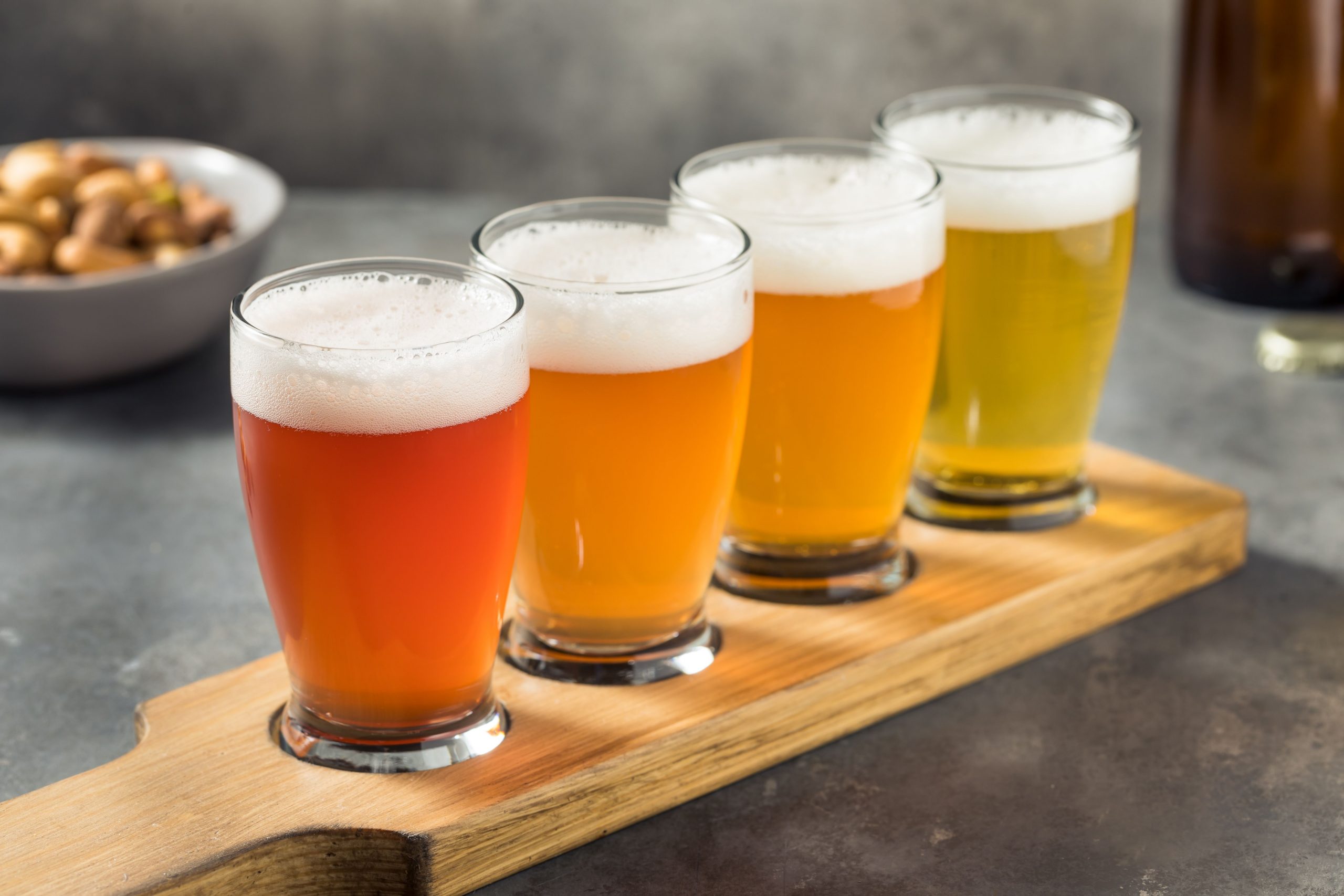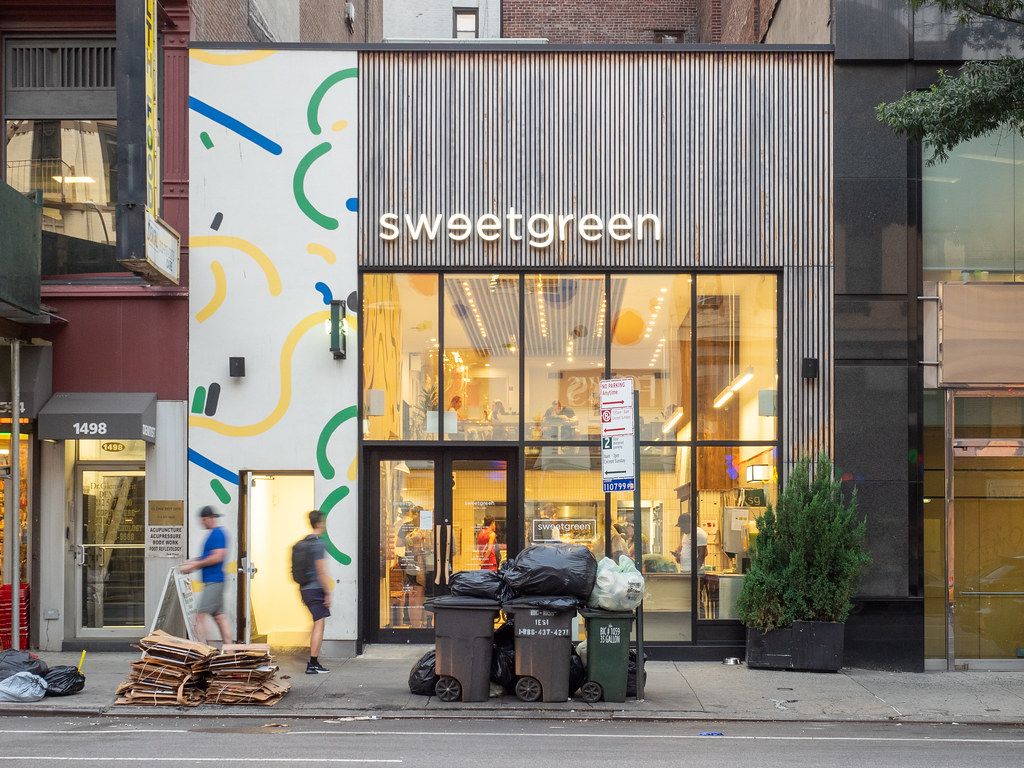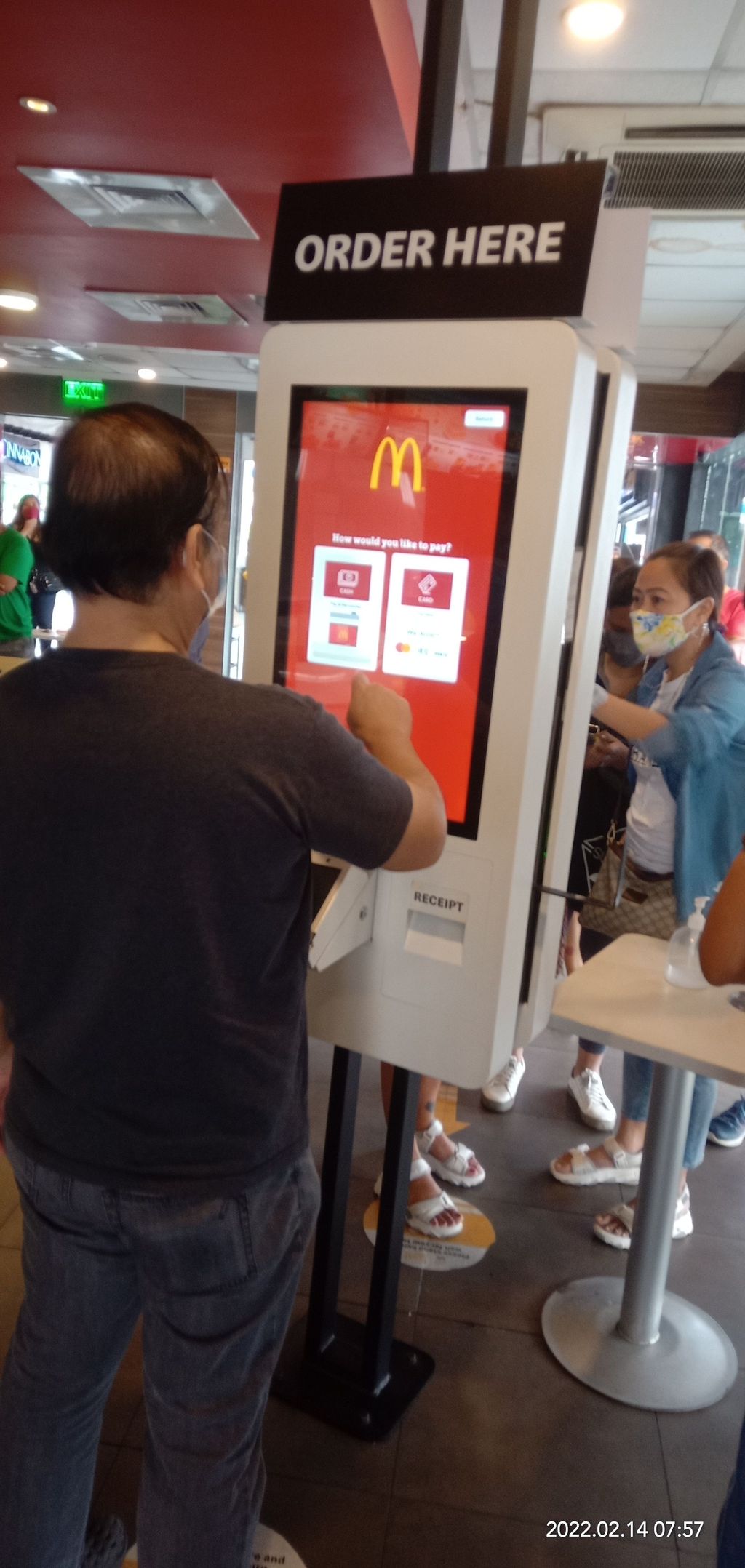
There is something uniquely captivating about McDonald’s, a global phenomenon that has woven itself into the fabric of daily life across the world. From its humble beginnings as a hamburger stand in San Bernardino, California, in 1940, to its current status as the second – largest fast – food chain globally by number of locations, McDonald’s has consistently captivated the imagination and appetites of millions. It is more than just a place to grab a quick bite; it is a cultural touchstone, a beacon of familiarity, and for many, a reservoir of cherished memories. This enduring appeal is not accidental; it is the result of decades of innovation, adaptation, and an uncanny ability to connect with its audience on a deeply personal level, often by tapping into a wellspring of shared nostalgia.
Indeed, the journey of McDonald’s is a fascinating tale of entrepreneurial spirit and strategic evolution. Brothers Richard and Maurice McDonald envisioned making $1 million before they turned 50, a goal that spurred the opening of their first restaurant on May 15, 1940. This early establishment laid the groundwork for what would become a global empire, though it was businessman Ray Kroc who truly propelled the company into its worldwide reach, joining as a franchise agent in 1955 and acquiring the company in 1961. Kroc’s aggressive business approach, as documented in his autobiography, led to him purchasing the McDonald brothers’ equity for $2.7 million, setting the stage for international expansion.
At the core of McDonald’s early success was the revolutionary “Speedee Service System,” introduced by the McDonald brothers in 1948. This system marked a pivotal moment, expanding upon the fast – food principles previously implemented by White Castle. To enhance efficiency and lower prices, the brothers made some drastic changes: they fired their 20 carhops, replaced silverware and plates with paper wrappings and cups to eliminate the need for a dishwasher, and simplified their menu. The streamlined offering consisted of just nine items: hamburgers, cheeseburgers, three soft – drink flavors in one 12 – ounce size, milk, coffee, potato chips, and pie. As Richard McDonald aptly put it, “Our whole concept was based on speed, lower prices, and volume.” This foundational principle of efficiency and value remains a hallmark of the brand today.
Throughout its history, McDonald’s has adeptly used memorable characters to market its brand, particularly to children, fostering a sense of fun and wonder that spans generations. The very first mascot was a hamburger – headed chef named “Speedee,” a direct nod to their innovative service system. In 1962, the iconic Golden Arches took over as the universal mascot, a symbol instantly recognizable worldwide. However, it was the introduction of Ronald McDonald in 1963, the friendly clown mascot, that truly cemented the chain’s appeal to younger audiences, creating a fantastical world that captured imaginations and built lasting brand loyalty. These characters, alongside others from the “McDonaldland” universe, have become an integral part of childhood for many.
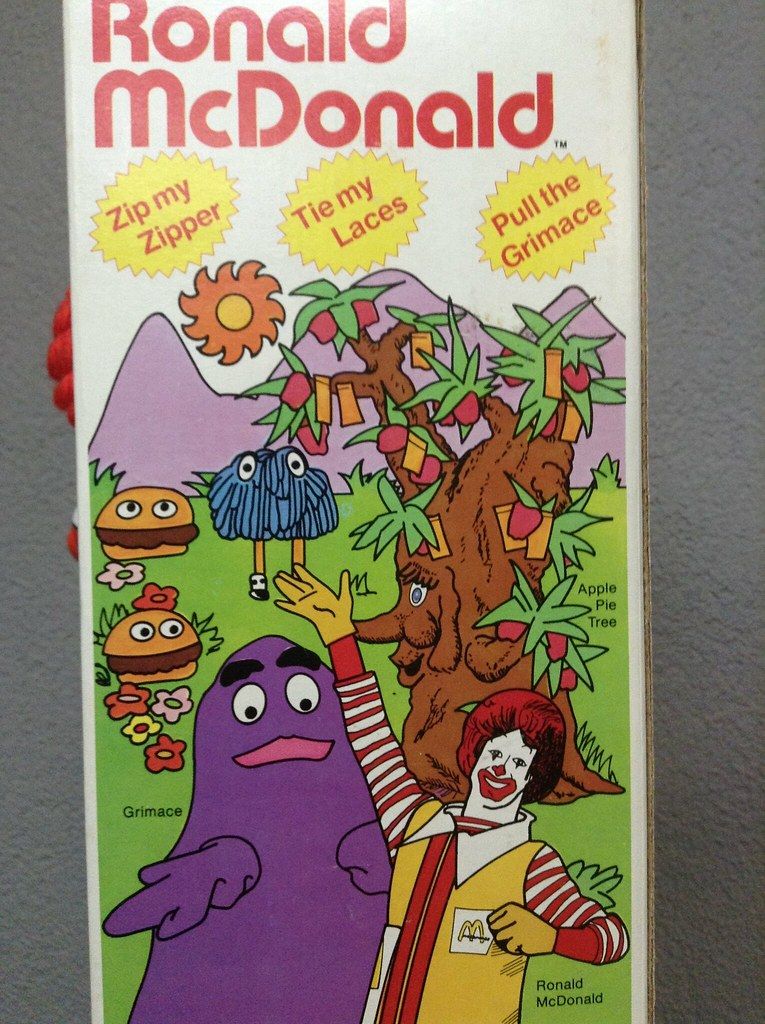
The idea of “McDonaldland” itself, a vibrant and imaginative world inhabited by these beloved characters, represents a powerful source of nostalgia for many adults today. This universe, alongside specific mascots like CosMc, who appeared in advertisements in the late 1980s and early 1990s, plays a significant role in shaping the brand’s identity and its connection with its audience. While the CosMc’s brand, a new fast – food concept tested in 2023 with a focus on coffee and other drinks, was eventually shuttered by May 2025, the very act of naming it after a McDonaldland mascot highlights the company’s understanding of its rich heritage and the power of tapping into those fond childhood memories. It is a testament to the fact that even as McDonald’s innovates, it often looks to its past for inspiration, knowing that familiar faces and themes resonate deeply.
One of the consistent joys for McDonald’s enthusiasts is the strategic introduction of temporary menu items or the highly anticipated return of long – absent favorites. This dynamic approach keeps the menu fresh and exciting, creating moments of anticipation for customers. For instance, the legendary McRib sandwich makes its much – awaited appearance on a seasonal basis, sparking considerable excitement among its dedicated fanbase. Similarly, every March, the vibrant Shamrock Shake graces the menu, honoring Saint Patrick’s Day and becoming a beloved annual tradition. This practice of offering limited – time options or bringing back classics is a shrewd marketing strategy that generates buzz and encourages repeat visits, effectively turning dining into an event.
Beyond these specific seasonal offerings, McDonald’s has shown a continuous willingness to evolve its product line and adapt to changing consumer tastes. In 2021, the company adjusted its strategy to focus on higher – priced items, streamlining its menu, which in the United States once contained nearly 200 items. However, this simplification has also been accompanied by a push for healthier options. Under former CEO Steve Easterbrook in 2015, McDonald’s removed high – fructose corn syrup from hamburger buns and artificial preservatives from Chicken McNuggets, replacing them with ingredients such as pea starch, rice starch, and powdered lemon juice. By September 2018, the company announced that seven classic U.S. burgers, including the iconic Big Mac, were entirely free of artificial preservatives, flavors, and colors, with the exception of pickles, which customers could choose to omit.
Read more about: Photos That Capture the McDonald’s Dining Experience in the 1970s
The company also introduced the plant – based McPlant burger in November 2020, following the successful tests of Beyond Meat substitutes. This initiative signaled McDonald’s commitment to developing additional meat – alternative menu items, including chicken substitutes and breakfast sandwiches, thereby showcasing its responsiveness to dietary trends. The Double McPlant, for example, achieved widespread success in the United Kingdom and Ireland, leading to its permanent addition to menus there from January 4, 2023. This ongoing evolution of the menu, incorporating both traditional favorites and modern dietary choices, ensures that McDonald’s remains relevant to a broad and diverse customer base.
McDonald’s expansive global footprint, with over 40,000 restaurant locations worldwide, presents a fascinating array of international menu variations, demonstrating the brand’s adaptability. Restaurants often customize their menus to reflect local consumer tastes and cultural norms. For example, in several Asian countries, soup is a common menu item, and specific regional offerings include McRice in Indonesia and the Ebi (prawn) Burger in Singapore and Japan. In China, breakfast menus feature fried buns and soybean milk, while in India, McDonald’s introduced millet – based buns in September 2024, providing additional nutritional benefits such as calcium, iron, protein, and complex carbohydrates. These localized deviations are a characteristic for which the chain is particularly well – known, ensuring global appeal while honoring regional preferences.
European markets also demonstrate unique menu adaptations. In France, where McDonald’s is affectionately known as “McDo,” customers can find macaroons, Croque McDos, croissants, pain au chocolat, and even beer on the menu. Germany and some other Western European countries also offer beer, further demonstrating regional tailoring. In Greece, the signature Big Mac receives a local twist, being served with Tzatziki sauce and packaged in a pita. These international variations highlight McDonald’s strategic approach to globalization, not just by spreading the “American way of life” but by integrating with local culinary landscapes, making the experience both familiar and unique depending on one’s location in the world.
Read more about: McDonald’s Global Reach: Navigating Expansion, Structure, and Market Forces
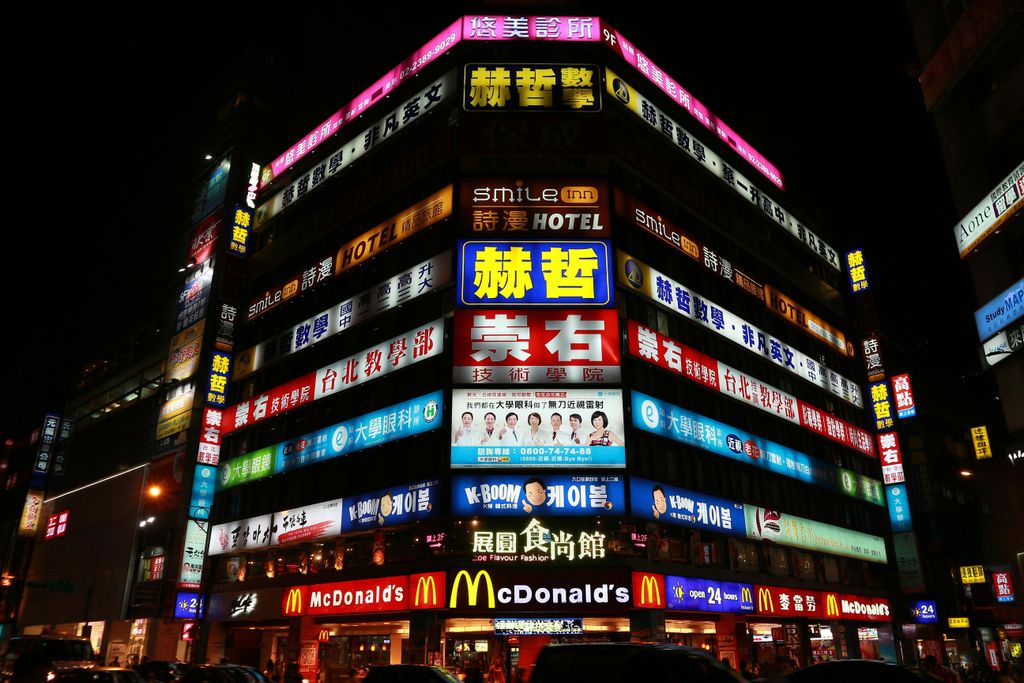
The architectural and operational diversity of McDonald’s locations is another testament to its adaptability. Most standalone restaurants in the United States offer both counter service and drive – through service, with indoor and sometimes outdoor seating. The “McDrive” concept, which allows customers to place, pay for, and pick up orders while remaining in their vehicles, was first introduced in Sierra Vista, Arizona, in 1975, revolutionizing the concept of convenience. In high – density urban areas, “Walk – Thru” services might replace drive – throughs, while locations near highways may offer no counter service or seating, exclusively catering to on – the – go customers. This varied approach ensures that McDonald’s can serve customers effectively in almost any setting.
Beyond the traditional restaurant model, McDonald’s has experimented with various formats and sub – brands. McCafé, a café – style accompaniment to McDonald’s restaurants, originated in Melbourne, Australia, in 1993, offering a more upscale coffee experience. McDonald’s Next, launched in Hong Kong in December 2015, showcases open – concept designs, digital ordering, free mobile device charging, and table service after 6:00 p.m., reflecting a modern, tech – forward approach. Furthermore, the company maintains its family – friendly image through PlayPlaces, indoor playgrounds that were redesigned in 1987 from the earlier “Playlands” to use softer, safer materials, demonstrating a commitment to evolving with customer needs and safety concerns. These varied formats underscore McDonald’s continuous effort to innovate the dining experience.
The scale of McDonald’s operations is truly staggering. With 41,800 locations as of 2023, serving 68 million customers daily across 120 countries and territories, it’s a monumental enterprise. In 2019 alone, the company-owned and franchise restaurants generated $100 billion in sales, accounting for nearly 4% of the estimated $2.5 trillion global restaurant industry. The company also generates significant income through its real estate holdings, owning 70% of restaurant buildings and 45% of the underlying land, which it then leases to franchisees. This unique business model, coupled with its immense global presence, solidifies McDonald’s position not just as a fast-food giant but as a significant economic force.
McDonald’s long – standing success can also be attributed to its clever marketing and advertising strategies. Historically, the brand has been a master of children’s advertising, with Ronald McDonald at the forefront, creating strong brand recognition from a young age. The company has also leveraged celebrity endorsements, spanning sports and music, to connect with broader audiences. This consistent and pervasive marketing ensures that McDonald’s remains top – of – mind for consumers. Even in the face of criticism regarding nutrition, animal welfare, or worker wages, the brand’s ability to adapt its messaging and product offerings, such as introducing healthier options or committing to cage – free eggs by 2018 in Australia, demonstrates its responsiveness to public concerns.
Product on Amazon: Funko Pop! Ad Icons: McDonald’s – Hamburglar, Multicolor, 3.75 inches
Brand: Visit the Funko Store
Price: 17.99 USD
Rating: 4.8 Total reviews: 2356
Features:
1. It’s best to keep an eye on your burgers when the Hamburglar is around.
2. Visit the Golden Arches and bring together Ronald McDonald and friends with Pop! Hamburglar. Get yours while supplies last.
3. Your Ad Icon collection isn’t complete without the McDonaldland hamburger thief. Vinyl figure is approximately 3.75-inches tall.
4. Figure stands 9cm and comes in a window display box
Top Review from US: “Ordered this for my friends birthday, we dressed up one year for Halloween as Ronald and the crew – this was her costume. Quality was good as well as coloration. Super cute!”
Shopping on Amazon >>

The strategic focus on customer experience extends to how McDonald’s manages its menu, often bringing back beloved items after extended absences. This keen understanding of consumer sentiment and the power of nostalgia serves as a key driver of continued customer engagement. While the specific details of a particular nostalgic meal or limited – edition shake might not be publicly disclosed every time, the company’s track record with items like the McRib or the Shamrock Shake, and its historical reliance on “McDonaldland” characters, illustrates a clear pattern. McDonald’s knows how to tap into collective memory, making dining at its restaurants not just about the food, but about revisiting cherished moments and creating new ones. The brand’s ability to balance its rich past with forward – thinking innovations keeps its offerings exciting and relevant.
In recent years, McDonald’s has also embraced technological advancements to enhance customer convenience and efficiency. Since the late 1990s, the company has explored replacing employees with electronic kiosks for ordering and payment. By 2016, “Create Your Taste” electronic kiosks enabled customers internationally to place custom orders for meals. In 2017, a U.S. app facilitated online ordering, allowing customers to skip lines, and in 2019, McDonald’s acquired an AI – based startup, Apprente, to employ voice technology in drive – throughs. The opening of a largely automated restaurant in Fort Worth, Texas, in early 2023, which features minimal human contact during ordering, underscores the company’s commitment to optimizing service through technology. These innovations reflect McDonald’s ongoing pursuit of speed and efficiency, echoing the “Speedee Service System” from its very origins.
Despite its global success and ongoing innovation, McDonald’s has faced various criticisms throughout its history, concerning aspects such as food nutrition, animal welfare, and worker treatment. Publications like Eric Schlosser’s “Fast Food Nation” (2001) highlighted issues such as political lobbying and targeted advertising to children. The “McLibel case,” involving London Greenpeace activists, brought environmental and labor criticisms into public discourse. Furthermore, Morgan Spurlock’s 2004 documentary “Super Size Me” sparked public debate about obesity and nutritional information, leading McDonald’s to eliminate the “Super Size” option and introduce the “adult Happy Meal” shortly after the film’s premiere. These instances illustrate the public scrutiny McDonald’s navigates and its efforts to respond to societal pressures, such as switching to trans – fat – free cooking oil for its French fries by the end of 2018 in the U.S. and Canada.
Product on Amazon: MCRIB Sandwich 2″ x 3″ Fridge Magnet Vintage ad Art Gift Retro NOT Food C
Brand: Brand: Dyoonoer
Price: 8.75 USD
Rating: 3.2 Total reviews: 18
Color: [Eg] Red Or Brown
Material: Plastic, Metal
Shape: Rectangular
Item Weight: 0.13 Pounds
Manufacturer: JUSTSWAG
Unit Count: 1.00 Count
UPC: 751499233706
Top Review from US: “Our son in law waits every year for the McRibs to be available. He loves them. We put this in his stocking for Christmas and it’s now on his refrigerator! A happy reminder! A well made, good quality magnet.”
Shopping on Amazon >>
Read more about: Skip the Line, Savor the Flavor: Arby’s New App Puts Your Favorite Roast Beef Just a Tap Away

Worker welfare has also been a contentious issue. In 2015, McDonald’s workers in 19 U.S. cities lodged health and safety complaints, alleging that they had suffered injuries due to low staffing levels and a lack of protective gear, with some claiming that they had been instructed to treat burns with condiments such as mayonnaise. There have also been accusations of “rampant” wage theft, with some positions allegedly paying less than the minimum wage. Issues like zero – hour contracts in the UK, which affected 90% of the workforce as of 2013, have led to strikes, resulting in employees being granted fixed – contract options by 2017. These challenges underscore the complexities of managing a vast global workforce and highlight the ongoing efforts by advocacy groups to improve labor conditions within the fast – food industry.
Looking ahead, McDonald’s continues to demonstrate its dynamic nature, proving that even a global behemoth can consistently reinvent itself. From its humble beginnings in San Bernardino to its modern status as a symbol of globalization, the company has navigated massive societal and economic shifts. Its ongoing ability to integrate core brand elements with new ideas, to both honor its past and embrace the future, is truly remarkable. Whether it is through the enduring appeal of its mascots, the excitement generated by a limited – time offering, or the convenience provided by new technologies, McDonald’s maintains its unique ability to connect with diverse audiences. It is a brand that inspires curiosity and continues to evolve, ensuring that the allure of the Golden Arches remains as bright and appealing as ever for generations to come.
Read more about: The Billionaire’s Tightrope: Why Elon Musk’s Galactic Ambitions and Earthly Controversies Fuel a Relentless Drive
McDonald’s vibrant journey underscores its status as more than merely a restaurant chain; it is a cultural phenomenon that is constantly writing its next chapter. The combination of its deeply ingrained history, its strategic menu innovations, its commitment to enhancing customer experience through diverse restaurant formats, and its powerful marketing strategies creates a compelling narrative. The global reach and local adaptations underscore a business model that is both expansive and intimately connected to individual markets. This relentless pursuit of relevance, while always drawing upon its iconic heritage, ensures that McDonald’s remains an exciting and influential force in the fast – food landscape, promising new delights and cherished memories with every visit.

